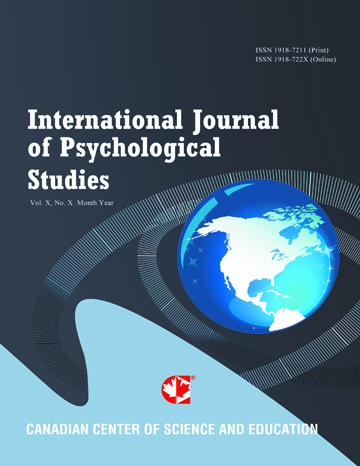Assessing for Rising Visuospatial Ability of School Leavers
- E. Cocodia
Abstract
This paper investigated increasing visuospatial ability in three countries. Drawing on the Flynn Effect some researchers (Greenfield, 1998; Neisser, 1997) hypothesized that visuospatial ability may be increasing. I explored rising visuospatial abilities amongst school leavers in the UK, Australia and Nigeria. In one study Cocodia et al. (2003) found that exposure to new technology may be impacting on ability to carry out tasks that require high levels of visuospatial ability more efficiently. Results suggest that increasing visuospatial ability may be occurring due to a more visual environment and more access to multimedia. The core component of the present research paper was to investigate whether visuospatial ability is indeed rising as it is a feature of the human intelligence framework (Halpern & LaMay, 2000; Alias, Gray, & Black, 2001). Data analysis of examination results in specific subjects indicated that visuospatial abilities are rising. It was hypothesized that visuospatial ability is rising in industrialized nations due to more access to multimedia, and cognitive manipulation task in general.
- Full Text:
 PDF
PDF
- DOI:10.5539/ijps.v7n2p113
Journal Metrics
1. Citations (March 2025): 10975
3. i10-index (March 2025): 233
For details about the Journal Metrics, please visit the Google Scholar website.
Index
- AcademicKeys
- CNKI Scholar
- Elektronische Zeitschriftenbibliothek (EZB)
- Excellence in Research for Australia (ERA)
- GETIT@YALE (Yale University Library)
- Harvard Library E-Journals
- JournalSeek
- JournalTOCs
- LOCKSS
- MIAR
- Open Access Journals Search Engine(OAJSE)
- Open J-Gate
- PKP Open Archives Harvester
- SHERPA/RoMEO
- Standard Periodical Directory
- The Keepers Registry
- UCR Library
- Ulrich's
- Universe Digital Library
- WorldCat
Contact
- Barbara SunEditorial Assistant
- ijps@ccsenet.org
